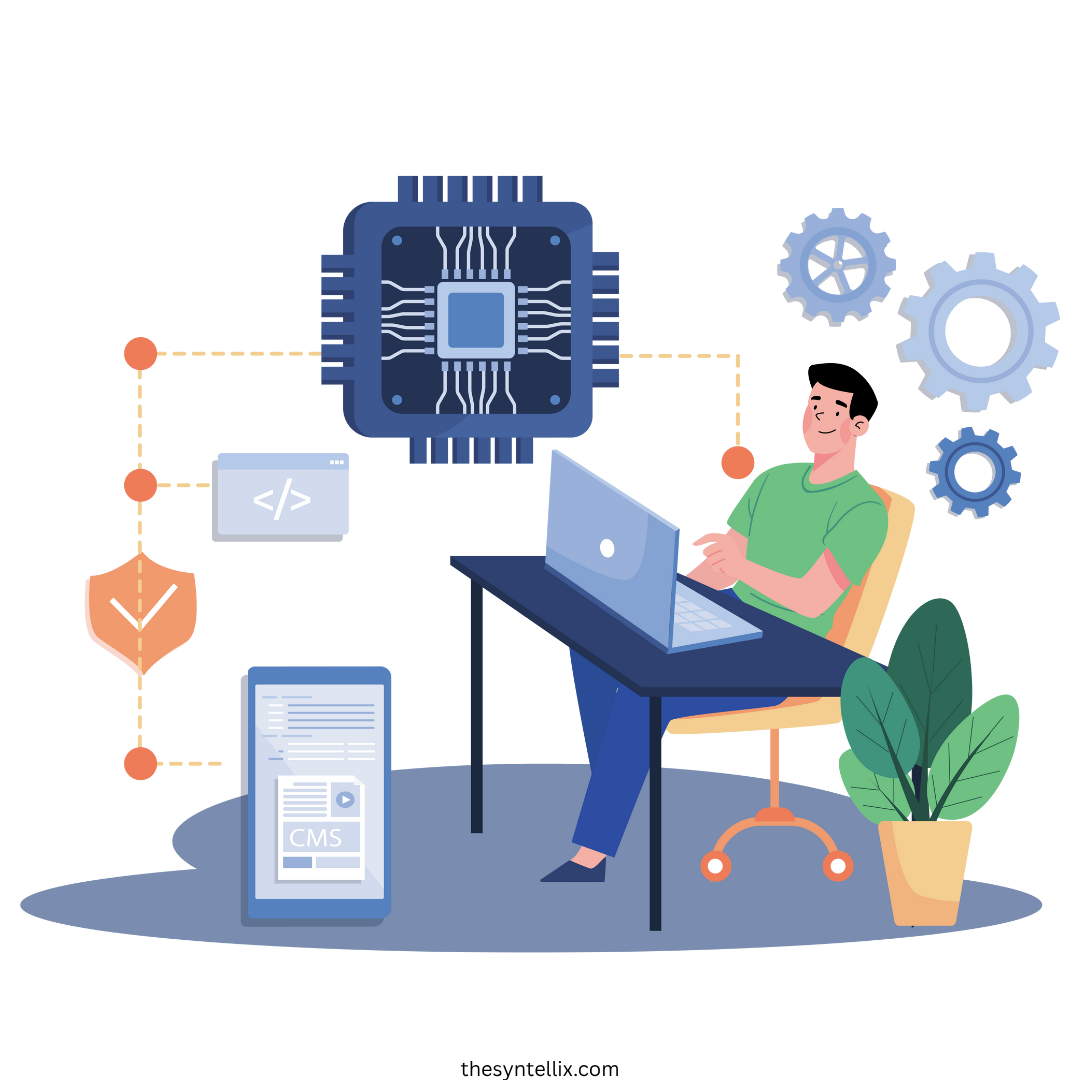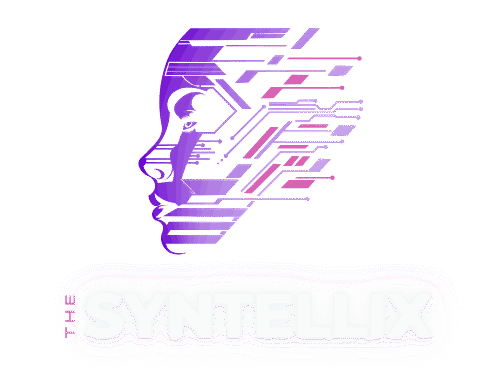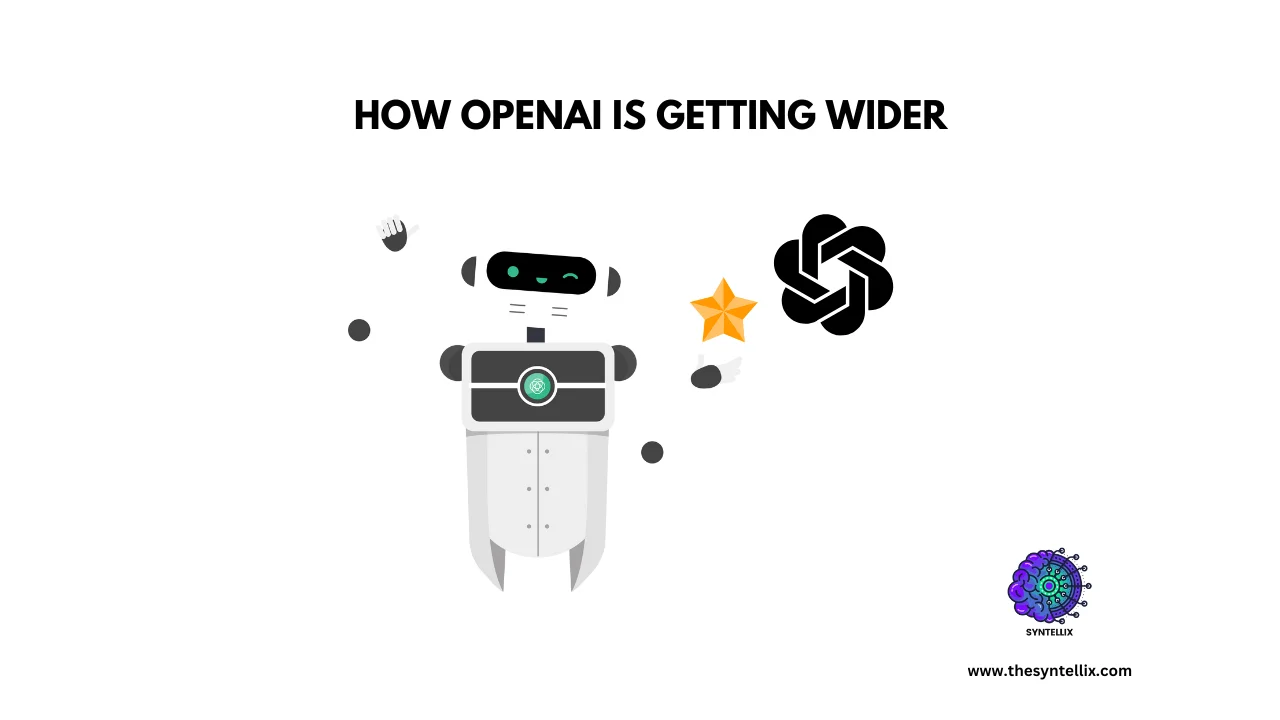OpenAI has emerged as a defining leader in artificial intelligence, enabling businesses and creators to unlock powerful capabilities from machines. Their standout tools—like ChatGPT, DALL·E, Codex, and Whisper—have reshaped how we write, design, automate, and innovate.
You’ll discover here what ChatGPT is, how OpenAI reshaped industries, and how to use its tools effectively—including code-level integration for developers. Let’s dive in!
What Is OpenAI?
OpenAI is an AI research company founded by visionary technologists—including Sam Altman, Greg Brockman, Ilya Sutskever, John Schulman, and Wojciech Zaremba—with the mission of making artificial intelligence broadly beneficial and safe. The company builds advanced models like ChatGPT, DALL·E, Whisper, and Codex to help everyone create, automate, and solve complex problems.
Brief History
OpenAI was founded in December 2015 by a group of high-profile tech leaders including Elon Musk, Sam Altman, Greg Brockman, Ilya Sutskever, John Schulman, and Wojciech Zaremba.
The founding vision was to create artificial general intelligence (AGI) that benefits all of humanity, rather than just corporations or governments.
Initially launched as a non-profit, OpenAI received over $1 billion in commitments from donors and investors who supported its mission of conducting safe and transparent AI research.
In its early years, OpenAI focused on publishing open research and fostering a collaborative AI ecosystem, rather than keeping breakthroughs proprietary.
However, by 2019, OpenAI transitioned to a “capped-profit” model with the formation of OpenAI LP, allowing it to raise more capital while still prioritizing long-term safety and global benefit.
Technologically, OpenAI made rapid progress. Its release of GPT-1 in 2018 laid the foundation for modern language models, and GPT-2 in 2019 captured global attention due to its ability to generate realistic human-like text—so much so that OpenAI initially withheld full release over concerns of misuse.
In 2020, GPT-3 marked a breakthrough in AI fluency and versatility, leading to widespread developer adoption via its API. By late 2022, the launch of ChatGPT introduced millions to AI in a conversational format, sparking mainstream interest and industry-wide transformation.
OpenAI has since expanded its suite of tools with DALL·E for image generation, Codex for code assistance, and Whisper for speech recognition.
With continued development in GPT-4 and beyond, OpenAI now serves consumers, developers, and enterprises—balancing innovation with safety, transparency, and ethical responsibility.
Core OpenAI Products
OpenAI’s suite of core products is centered around powerful AI models that perform a wide range of cognitive tasks.
At the forefront is ChatGPT, an advanced language model that understands and generates human-like responses across nearly any topic. It is widely used for writing, answering questions, brainstorming, tutoring, and even coding assistance.
OpenAI also developed Codex, a specialized model trained on programming languages, which powers tools like GitHub Copilot and helps developers write, understand, and debug code efficiently.
Another key product is Whisper, an automatic speech recognition (ASR) system that can transcribe and translate spoken language into text with impressive accuracy, supporting multiple languages and dialects.
On the visual side, DALL·E allows users to generate high-quality images from text prompts, revolutionizing creative workflows in art, design, and content creation.
For those working in AI research and simulation, OpenAI Gym and OpenAI API provide environments and interfaces for building, training, and deploying machine learning models.
These products are designed to be integrated into custom applications via API, enabling businesses to use OpenAI’s capabilities at scale.
Whether it’s through natural language understanding, code generation, image synthesis, or audio transcription, OpenAI’s core offerings are designed to help individuals and organizations solve problems more efficiently, automate repetitive tasks, and unlock new levels of productivity and creativity.
Benefits of OpenAI Tools
Natural Language Processing: Tools like ChatGPT can understand and generate human-like text, making writing, summarizing, translating, and answering questions easy and efficient.
Boosts Productivity: Automates repetitive tasks such as content writing, coding assistance, data analysis, email drafting, and customer service.
Multi-Domain Applications: Useful in education, healthcare, marketing, research, software development, and creative industries.
Custom Integration: OpenAI APIs allow developers to integrate AI into their own apps, websites, chatbots, and tools for smarter automation.
Creative Generation: DALL·E enables the creation of high-quality images from text prompts—great for designers, marketers, and content creators.
Code Assistance: Codex helps developers write, explain, and debug code in multiple programming languages, saving time and reducing errors.
Voice and Audio Transcription: Whisper converts speech into text in many languages, useful for transcription, subtitles, and voice-driven apps.
Scalable for Businesses: Enterprise-grade access allows large organizations to scale AI-powered solutions across operations.
Language Support: Many tools support multiple languages, making them useful for global teams and multilingual applications.
User-Friendly: Even non-technical users can benefit from these tools with simple interfaces and helpful documentation.
Drawbacks & Considerations
While OpenAI tools offer impressive capabilities, they come with important limitations and considerations:
- Accuracy and Hallucinations: AI models like ChatGPT can sometimes generate incorrect or misleading information. These “hallucinations” can be problematic in fields requiring high factual accuracy, such as healthcare, law, or finance.
- Privacy and Data Security: Although OpenAI enforces data protection policies, users should be cautious when sharing sensitive or personal information. AI tools may store or process data in ways that raise privacy concerns, especially for regulated industries.
- Cost and Pricing Structure: Many advanced features and API access are gated behind a paid subscription or usage-based pricing. This can become expensive for startups or individual developers scaling their applications.
- Dependence on Internet and API Limits: Most OpenAI tools require a stable internet connection and are subject to usage caps or rate limits, which may affect productivity during peak times or heavy usage.
- Limited Context Retention: While ChatGPT can remember parts of a conversation, its memory is limited, and it may lose track of earlier context in long or complex dialogues—affecting performance in deep workflows.
- Ethical and Bias Concerns: OpenAI models are trained on large datasets from the internet, which may include biased, offensive, or outdated content. This could reflect in the outputs unless carefully moderated.
- Lack of Emotional Understanding: AI can mimic tone or empathy in language, but it does not truly understand human emotion or intent—limiting its effectiveness in areas like mental health or sensitive counseling.
- Technical Skills Required for Integration: While using tools like ChatGPT is simple, integrating OpenAI APIs into apps (e.g., in Xcode or via SDKs) still requires coding experience and technical knowledge.
Developer Integration: iOS App in Xcode
How to Integrate an OpenAI API Key into Your Xcode iOS App
If you’re building an iOS app with Xcode and want to tap into OpenAI’s power—like GPT-4 or DALL·E—let’s make sure you’re doing it securely and efficiently. Here’s how to get started:
Step 1: Set Up Your Swift Project
Start with a fresh Swift project using the App template (iOS 14+ recommended).
But here’s the golden rule: never hard-code your OpenAI API key in your source code. Instead:
- Use a
Secrets.plistfile (and make sure it’s excluded from source control like Git). - Or use
.xcconfigfiles to manage environment-specific settings. - For extra security, consider Keychain Services to store the API token securely on the device.
Step 2: Install the OpenAI SDK via Swift Package Manager
You can easily bring in the SDK through Xcode:
- Go to File > Add Packages
- Paste this URL: arduinoCopyEdit
https://github.com/MacPaw/OpenAI.git
Once installed, import and set up the client like this:
import OpenAI
let openAI = OpenAI(apiToken: apiKey)
Step 3: Call the ChatGPT API
Now, you’re ready to call the ChatGPT API:
let response = try await openAI.chats.create(
model: "gpt-4",
messages: [.init(role: "user", content: "Hello")]
)
Then display the AI’s response in your app’s UI—whether it’s in a chat interface, a search tool, or a creative writing assistant.
This method is secure, clean, and production-friendly. You’re keeping sensitive keys out of your codebase, using Swift-native tools, and setting up real-time interaction using OpenAI models—all from within your iOS app.
Developer Guide: OpenAI Agents SDK via pip
Installing and Using the OpenAI Agents SDK in Python
To get started with the OpenAI Agents SDK in Python, first ensure you have Python 3.9 or newer installed. The SDK allows you to create intelligent agents that can reason, use tools, and manage multi-turn conversations.
Installation is straightforward using pip. For full agent capabilities, including tool use and function calling, run: pip install openai[agents]. T
his installs the base OpenAI SDK along with additional dependencies required for agent features. If you only need the basic OpenAI API access (like for chat completions), you can stick with pip install openai.
Once installed, you’re ready to start building interactive assistants that can solve real tasks.
Using the SDK is intuitive and Pythonic. After importing from the openai module, you can configure your assistant using natural language instructions and optional tools like a code interpreter or function calling.
For example, creating a coding assistant can be done with just a few lines by setting the model, instructions, and optional tools.
The SDK handles session memory, tool routing, and multi-turn logic for you. It’s also highly extensible, allowing you to define custom tools and connect your assistant to external APIs or functions.
Whether you’re building AI agents for customer support, automation, or dev assistance, the OpenAI Agents SDK offers a powerful yet simple way to embed reasoning and tool-using agents directly into your Python apps.
OpenAI Agents SDK in Python – Full Tutorial
Prerequisites
Before you begin, make sure you have:
-
Python 3.9 or higher installed
-
pip (Python package manager) updated
-
An OpenAI API key (get one here)
Step 1: Install the SDK
Open your terminal and install the SDK using pip:
pip install openai[agents]
This command installs the base SDK along with everything needed to run assistants and tool-using agents.
You can also install with just
pip install openaiif you’re not using agent features.
Step 2: Set Up Your API Key
Store your OpenAI API key safely using an environment variable:
export OPENAI_API_KEY="your_api_key_here"
Or, in Python:
import openai
openai.api_key = "your_api_key_here"
Avoid hardcoding your key in shared scripts or repos.
Step 3: Create Your First Assistant
Here’s how to create a simple assistant that acts like a Python tutor:
from openai import Assistant
assistant = Assistant.create(
name="Code Tutor",
instructions="You are a helpful Python tutor. Teach users how Python works.",
model="gpt-4-1106-preview"
)
You can also add tools like code_interpreter or your own function-calling tools.
Step 4: Chat with the Assistant
Now let’s have a conversation:
thread = assistant.threads.create()
message = thread.messages.create(role="user", content="How do I write a for loop in Python?")
run = assistant.runs.create(thread_id=thread.id)
run = assistant.runs.wait(run.id)
print(run.latest_message().content)
This simulates a multi-turn interaction with memory and context.
Step 5: Add Tools (Optional)
You can enhance your assistant with tools like:
assistant = Assistant.create(
name="Data Helper",
instructions="Help users analyze data.",
model="gpt-4-1106-preview",
tools=["code_interpreter"] # Add custom tools or functions here
)
Custom tools can include API wrappers, database queries, or anything Python can run.
You’re Ready!
You now have a basic OpenAI assistant running locally with memory, tool-use, and thread-based interaction. You can:
-
Add user-defined functions
-
Log results
-
Store threads in a database
-
Build fast APIs around your assistant
Final Thoughts:
OpenAI continues to reshape AI with accessible tools, powerful models, and developer‑friendly SDKs. Whether you’re building an iOS chat interface or orchestrating multiple agents via Python, OpenAI provides scalable building blocks for innovation. Using these tools responsibly, safely, and securely is essential. OpenAI is driving the future of generative AI—and with smart implementation, you can too.
People Also Ask
What is the OpenAI Agents SDK?
The OpenAI Agents SDK is a Python toolkit that allows developers to build smart assistants using OpenAI’s models like GPT-4. It supports threads, function calling, memory, and tool integration, making it ideal for creating interactive agents and apps.
How do I install the OpenAI Agents SDK?
You can install the SDK using pip with the following command:
pip install openai[agents]
This installs the SDK along with all dependencies required for building assistants and tools.
How can I use the OpenAI API in an iOS app?
To use the OpenAI API in an iOS app built with Xcode:
-
Create a
Secrets.plistor.xcconfigfile to securely store your API key. -
Use Swift Package Manager to install the OpenAI SDK.
-
Use Swift to call endpoints like chat completions and display dynamic results in your UI.
Can I use OpenAI agents in production?
Yes, OpenAI’s agent tools are built with production readiness in mind. You should handle data securely, set usage limits, and log interactions for performance and compliance.
What’s the difference between ChatGPT and OpenAI Agents?
ChatGPT is a UI interface for users to chat with models, while OpenAI Agents SDK is a backend toolkit that lets you create your own assistants with custom memory, tools, and API integration—ideal for developers building custom applications.

Stay ahead of the curve with the latest insights, tips, and trends in AI, technology, and innovation.


1 thought on “OpenAI: Transforming AI Today and Tomorrow”